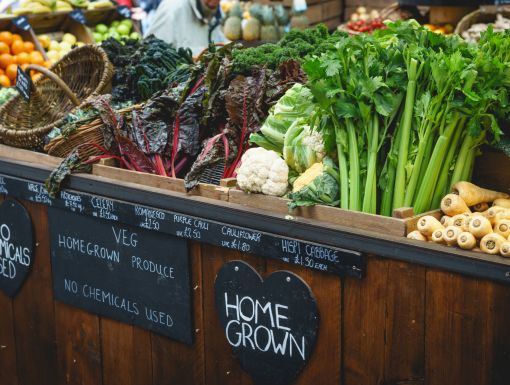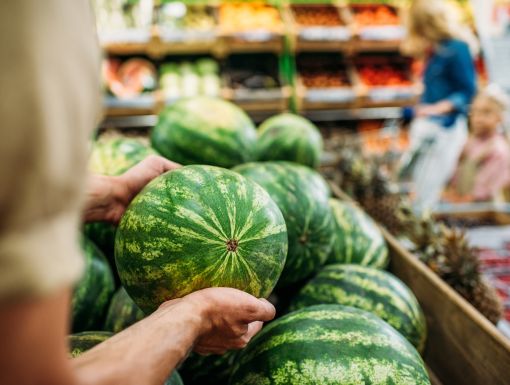
Benefits of Seasonal Eating
What does it mean to “eat with the season”?
It’s important to define the two subgroups of seasonality; locally seasonal and globally seasonal. A locally seasonal fruit or vegetable is produced and consumed in its natural growing season. These are the fruits and veggies you see at your local farmers market. Globally seasonal fruits and vegetables are produced in their natural season, but they are consumed outside of this region. These are the organic avocados you buy in the grocery store.
Why one versus the other?
Both global and local seasonality has its own benefits and drawbacks. For instance, when we buy locally seasonal foods from farmers markets, we receive a better understanding of our food system, that is, where our food came from. This also provides an excellent engagement opportunity for children, they get to connect with the person that produced their food. These practices help us form a relationship with food that we can’t inside the grocery store, not to mention, we are supporting our local farmers in our communities.
On the other hand, if we were to eat locally seasonal foods only, we would greatly limit the diversity of foods we are accustomed to. This is where global seasonality is a benefit. This gives us the opportunity to choose from greater variety, which can ultimately increase our fruit and veggie consumption.
Does everything we see in the grocery store fall into one of these categories?
The answer is simply, no. There are many items in the grocery store that have been manipulated using chemicals or an artificial climate at a cost to the environment and local ecosystems. A way to combat this is to rely on USDA-approved organic items when shopping in the grocery store. These products lack the potentially harmful chemicals that allow for unnatural growing seasons- where ever those growing seasons may be.
*Pro tip: ripened fruits and veggies contain more antioxidants than non-ripe.
What’s in season in Louisiana?
Cooler weather crops: These are your tougher leafy greens and citrus fruits. They are made to withstand cooler temperatures. These have a lower water content and high vitamin content. Maintaining a diet high in these fruits and veggies will boost your immune system just in time for cold and flue season.
November- May: Broccoli, greens, kale, lettuce, spinach, carrots, green peas, sweet potatoes, pecans, cauliflower, cabbage, brussels pouts, grapefruit, oranges, strawberries.
Warmer weather crops: These are your colorful and sweeter produce. These contain a higher water content, they are perfect for keeping you hydrated during the scorching summer months. These are often found to be a sweeter variety, this is because they can ripen longer in the sun.
May-October: peppers (red and orange), tomatoes, beans, sweet corn, blacked eyes peas, sweet potatoes, watermelon, apples, pecans, blueberries
Takeaway
In the end, it’s not practical to only eat what is in season where you live and that’s OK. We live in an exciting time where we can have foods that wouldn’t otherwise be possible without these innovations. But, with this excitement comes a responsibly to educate yourself on what you put in your body and where it came from. So, I urge you to visit your local farmer’s markets, see what’s available to you, and interact with your local providers.


